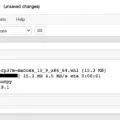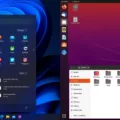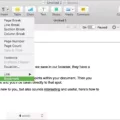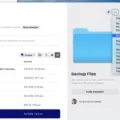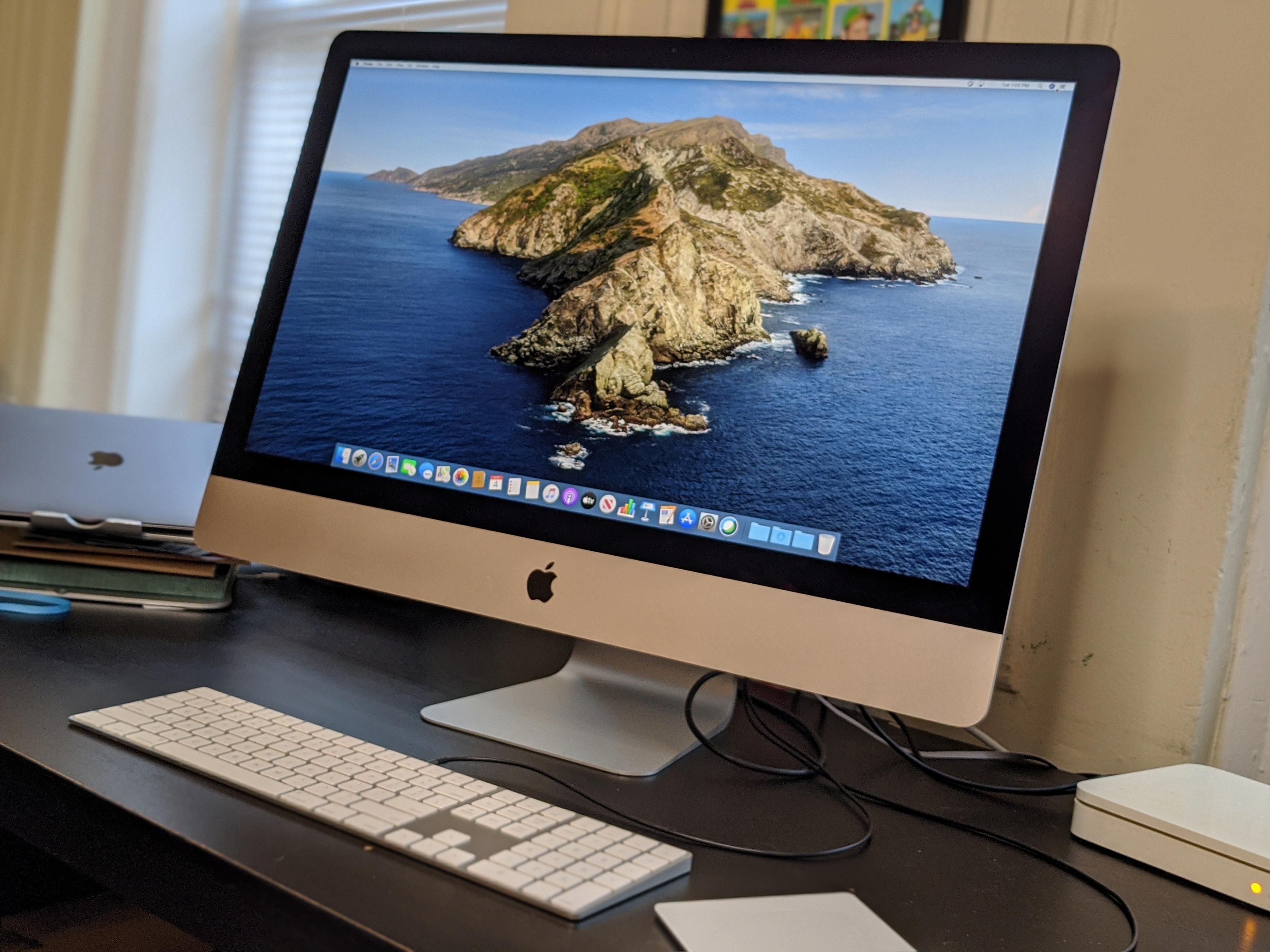If you’ve been having trouble booting your Mac, you may have heard of something called the EFI Boot. In this article, we’ll explain what it is and how to troubleshoot it if you run into problems.
The EFI Boot is a system that helps your Mac boot up quickly and reliably. It is responsible for loading the operating system at startup and handling low-level tasks such as power management, hardware initialization, and device configuration. The EFI Boot works in conjunction with the Unified Extensible Firmware Interface (UEFI) firmware to provide users with a secure boot process.
The EFI Boot occurs when your Mac is first powered on or restarted. This process begins before macOS has loaded, so it gives users a reliable way to start up their computer even when there are problems with their operating system.
If your Mac has an Intel processor and was manufactured after 2011, then it likely has UEFI-based firmware that supports an EFI boot process. If you’re running macOS 10.7 or later, you can also check to see if your Mac has an EFI partition on its hard drive by opening Disk Utility and selecting View > Show All Devices from the menu bar. If you see a small partition named “EFI” in the sidebar, then your Mac does indeed have an EFI boot process.
Troubleshooting Issues with the EFI Boot
If you encounter any issues with the EFI boot process, here are some steps you can take to troubleshoot them:
1) Reinstall macOS – Reboot your Mac and then press and hold Command + R until the Apple logo appears. Choose “Reinstall macOS” from the macOS Utilities screen and select the target drive. Just let macOS do its job!
2) Repair Your Hard Drive – Open Disk Utility again and select “First Aid” on your hard drive in order to repair any issues that may be causing problems with the EFI boot process. This may help resolve any issues related to corrupted or missing files needed for the successful startup of your Mac computer.
3) Check Your Firmware – Make sure that your firmware version is up-to-date by going into System Preferences > Software Update and checking for available updates for your particular model of computer.
4) Restore Your Computer – If all else fails, restoring from a backup image of your hard drive using either Time Machine or another backup software solution may be necessary in order to restore the functionality of your computer’s operating system as well as its ability to properly start up using its built-in firmware processes such as UEFA/EFi booting capabilities.
By following these steps, you should be able to get back up and running quickly with minimal hassle!
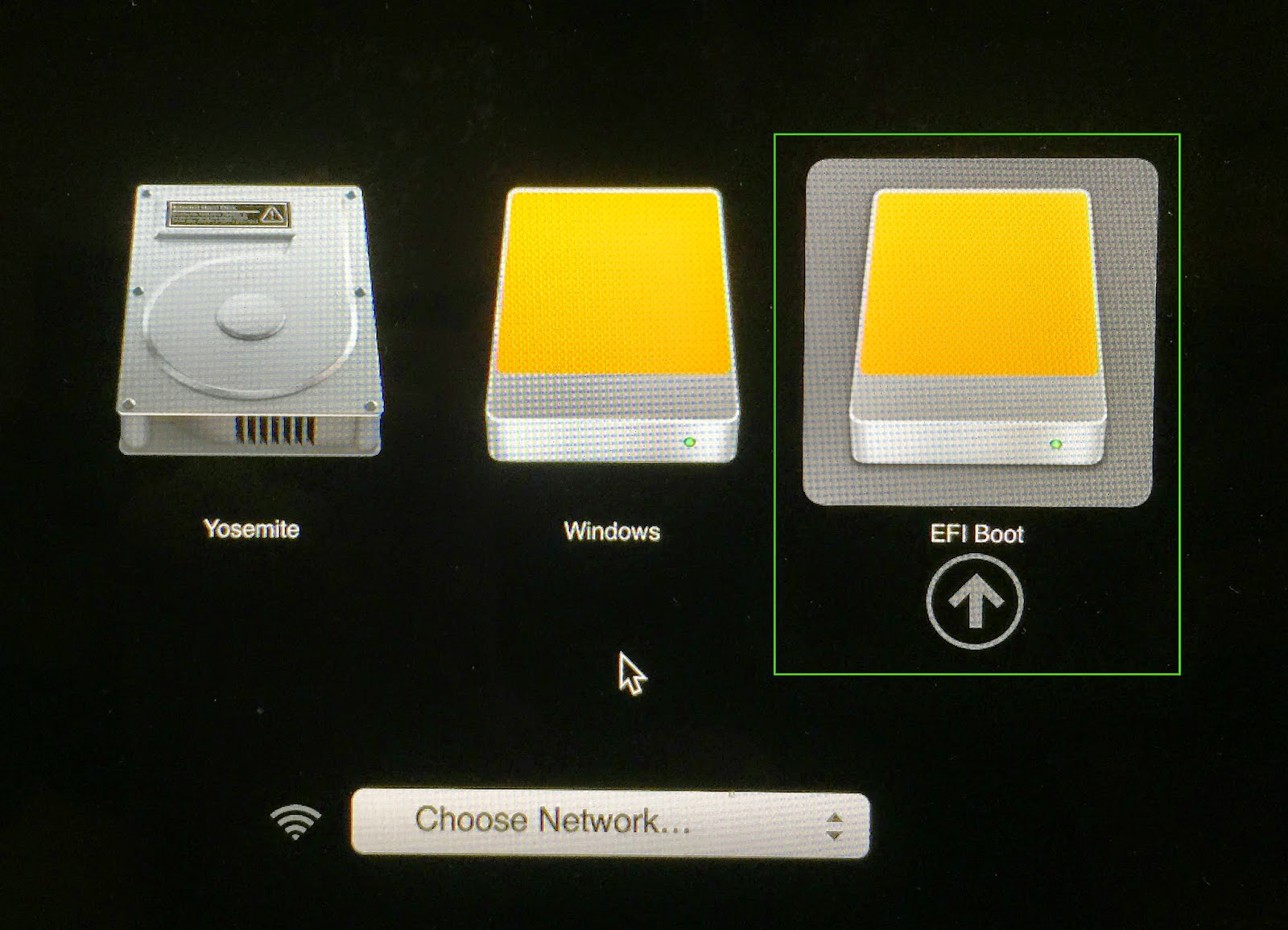
Understanding Boot EFI on Mac Computers
Boot EFI is a system firmware used by Intel-based Mac computers. It is responsible for initializing the hardware and loading the operating system’s kernel, which then continues to boot up the system. Boot EFI is based on the Unified Extensible Firmware Interface (UEFI) specification, which provides an abstract interface between the computer’s firmware and operating system. Boot EFI is also responsible for verifying and loading certain files from the file system, including macOS booter (boot. efi) and prelinkedkernel. With Boot EFI, Intel-based Mac computers are able to boot quickly and reliably with minimal user input.
Location of EFI Boot on Mac
The EFI Boot file on a Mac is located in different places depending on the type of Mac and the type of disk it is booting from. On non-T2 Macs booting from an HFS+ disk, the EFI Boot file can be found in /System/Library/CoreServices on the startup volume. For non-T2 Macs booting from an APFS disk, the EFI Boot file is typically located on the Preboot volume at /dev/disk1s2. For T2 Macs, the EFI Boot file can be found in /System/Library/CoreServices/boot.efi on the startup volume.
Understanding EFI Booting
EFI booting is the process of starting a computer system by executing code stored in an Extensible Firmware Interface (EFI) file. This type of booting is used on computers with a Unified Extensible Firmware Interface (UEFI), which is a modern replacement for the traditional BIOS firmware. During EFI booting, the UEFI firmware reads the EFI file from a storage device and begins executing it. The code contained in the EFI file will then load and start-up whichever operating system is specified within it. This allows for faster boot times, more secure authentication processes, and better hardware support than with traditional BIOS-based boot processes.
Reinstalling EFI on Mac
The best way to reinstall the EFI on Mac is by using the Reinstall macOS feature. To do this, reboot your Mac and press and hold Command + R until the Apple logo appears. On the macOS Utilities screen, select “Reinstall macOS” and select your target drive. Let macOS run through its process, and it will automatically reinstall the EFI partition on your Mac.
The Benefits of EFI Over BIOS
EFI (Extensible Firmware Interface) is considered to be a successor to the traditional BIOS (Basic Input/Output System). EFI provides many advantages over BIOS, including faster boot times, better support for modern hardware, and improved security features.
Compared to BIOS, EFI has discrete driver support, which makes it much easier to update your system firmware. Additionally, EFI offers a secure boot feature that prevents the computer from booting any unauthorized or unsigned applications. This helps protect your system against malware and other malicious software.
Overall, EFI provides many advantages over BIOS that make it a better choice for modern systems. It is faster and more secure than BIOS and better suited for today’s hardware.
Booting Into EFI Mode
To boot into EFI mode, you will need to first power on your system. When the system boots up, press the F2 key to enter the BIOS menu. Once in the BIOS menu, navigate to Boot Maintenance Manager > Advanced Boot Options > Boot Mode. Here you will see two options: UEFI or Legacy. Select UEFI and then select the Video BIOS option (if available). Once selected, save your settings and exit the BIOS menu. Your computer should now boot up in EFI mode.
Installing EFI on a MacBook Pro
To get EFI on your MacBook Pro, you will need to use the Startup Manager. To access the Startup Manager, shut down your computer, then turn it back on while holding down the “Option” key. You will then see a list of available boot volumes. Select the one labeled “EFI Boot,” and your computer will boot using EFI.
Accessing the EFI Boot
In order to access your EFI boot, you will need to open File Explorer and navigate to the E:\EFI\Microsoft\Boot folder. Once in this folder, you should be able to see the files related to your EFI boot. If you are unable to view these files, then you will need to make sure that the Sharing tab is configured correctly, so that you have access to these files. To do this, right-click on the E:\EFI\Microsoft\Boot folder and select Properties from the drop-down menu. On the Properties window, navigate to the Sharing tab and make sure that all of your permissions are set correctly so that you can view the files in this folder. Once you have ensured that all of your permissions are set correctly, then you should be able to view your EFI boot files in File Explorer.
The Security of EFI Secure Boot
Yes, EFI Secure Boot is a security feature designed to protect your device from malicious software and unauthorized changes to the system boot process. It works by verifying the digital signatures of bootloaders and kernels before they are allowed to launch. This helps to ensure that only trusted, verified code is run on your device and any attempts to replace or tamper with the boot process will be prevented.
Fixing a Corrupted EFI Partition
The first step to fixing a corrupted EFI partition is to verify that it is using the FAT32 file system. To do this, you will need to use the Command Prompt, which can be accessed by restarting your computer and booting from the installation media (DVD/USB). Once you have entered the Command Prompt, you can type in ‘diskpart’ and then type in ‘list volume’. This will list all of your volumes, as well as their associated file systems. If the EFI partition is using a different file system than FAT32, then you can use the ‘convert’ command to change it.
Once you have verified that the EFI partition is using the correct file system, then you can attempt to repair any corrupted files or folders. The easiest way to do this is to use a specific software program designed for repairing corrupted partitions. These programs typically come with a graphical user interface and step-by-step instructions for repairing your EFI partition. If this fails, then you may need to try manually restoring files from a previous backup or reformatting the partition completely.
If none of these methods work, then it may be necessary to completely reinstall your operating system in order to fix the corrupted EFI partition.
Fixing a Corrupted Boot Partition on Mac
If your Mac’s boot partition has become corrupted, you can try to repair it by booting into Recovery Mode (hold Command+R while it starts). Once in Recovery Mode, open Disk Utility and select the Mac partition (not the whole hard drive). Click on “Repair Partition” which will attempt to fix any issues that could be causing the corruption. If the repair is successful, you should be able to boot up again normally. If not, you may need to perform a more involved repair such as reinstalling Mac OS X or using a third-party disk utility program.
Fixing a Corrupted Startup Disk on a Mac
Start by restarting your Mac and pressing Command + R while it’s restarting. This will bring you to the macOS Utilities menu. Select Disk Utility from this menu and choose the disk you wish to repair – typically labeled “Macintosh HD”. Click ‘Repair Disk’ and Disk Utility will run a check on the disk, looking for any errors or corrupted files. It may attempt to fix any issues that it finds automatically. If this doesn’t work, you may need to erase the startup disk using Disk Utility and reinstall macOS. To do this, select your startup disk from the list of available disks in Disk Utility and click ‘Erase’. Then, use the ‘Reinstall macOS’ option from the macOS Utilities menu to reinstall your operating system.
Conclusion
In conclusion, the Unified Extensible Firmware Interface (UEFI) is an important component of Intel-based Mac computers that helps the computer boot up and run. On non-T2 Macs, the EFI Boot file is located in either /System/Library/CoreServices on the startup volume or on the Preboot volume /dev/disk1s2 by default. A broken EFI partition can be fixed by reinstalling macOS. By understanding how UEFI works and troubleshooting any problems that may arise with it, you can ensure that your Mac will continue to perform optimally.

